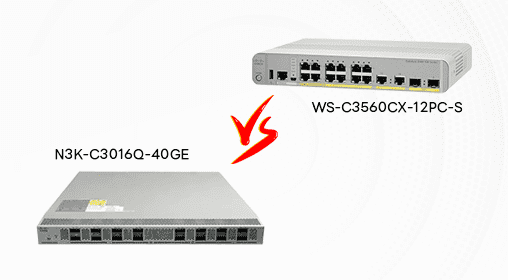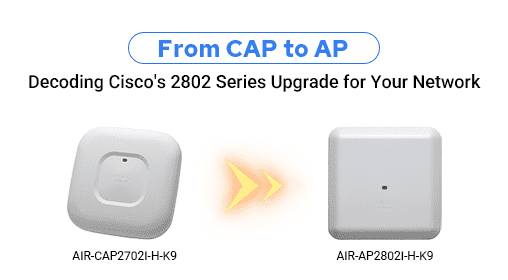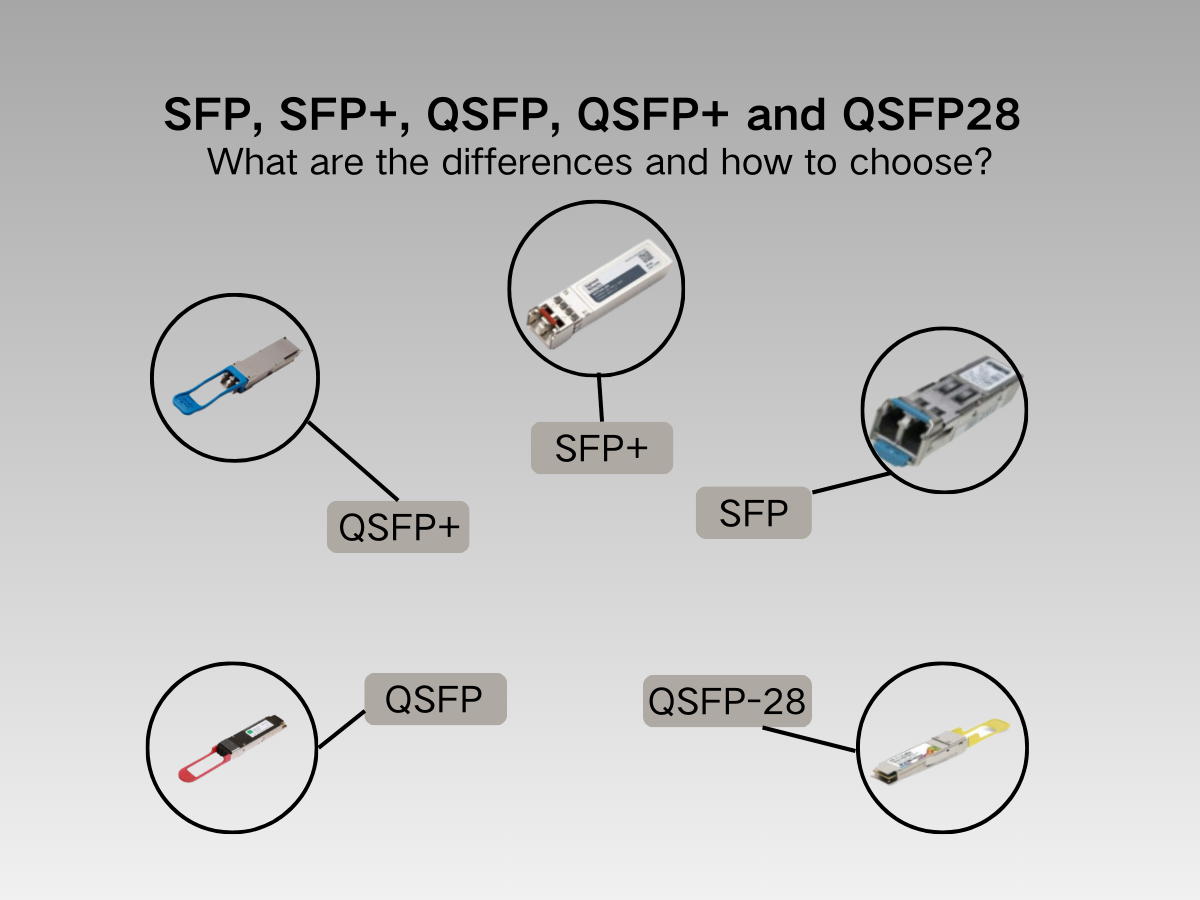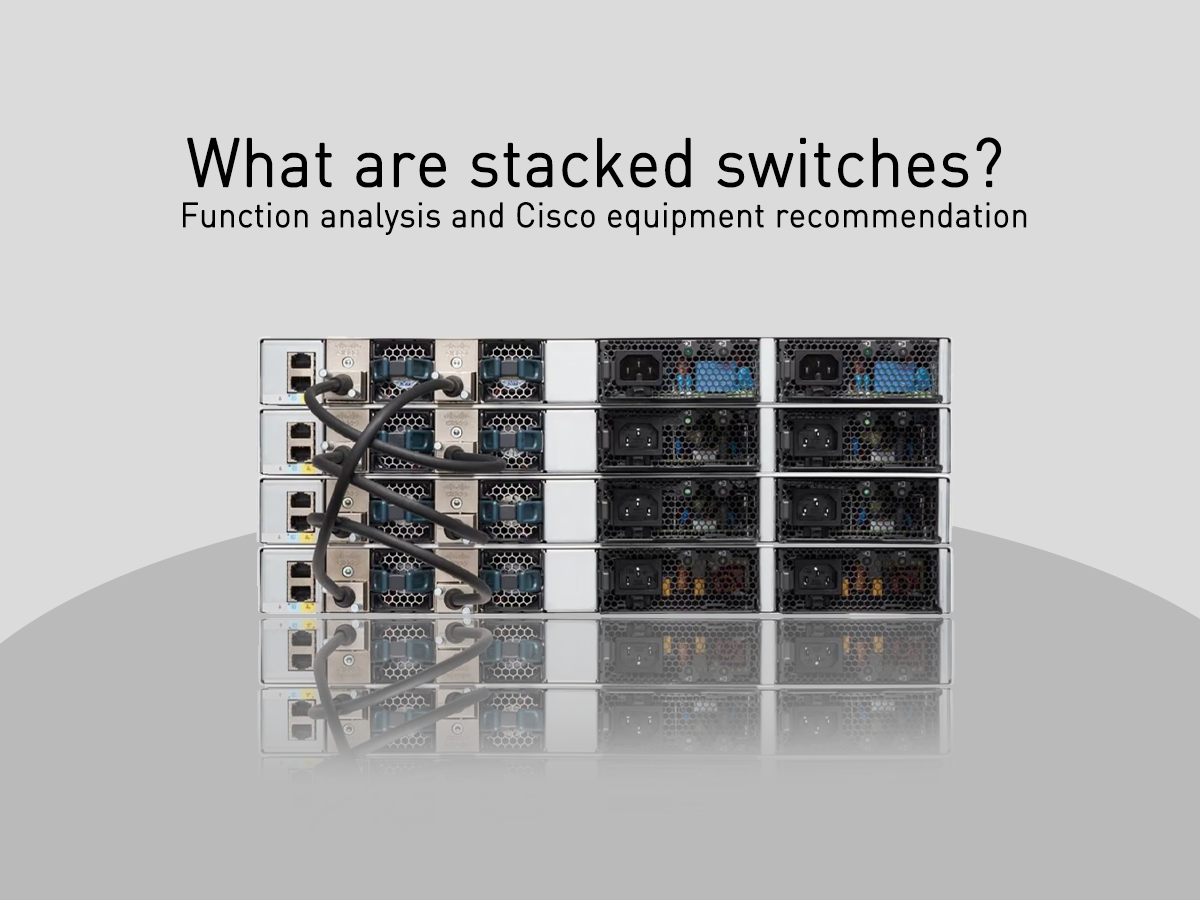



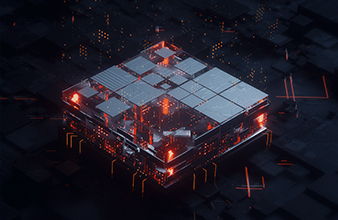










Cisco Switch Duel:C9200L-48P-4X-E vs N9K-C9372TX-E When a Data Center Titan Meets an Access Layer Ace
Choosing between Cisco's Nexus and Catalyst series can feel like picking between a race car and a high-performance SUV. Both are engineered for excellence, but they're built for entirely different tracks. The Nexus 9000 series, like the N9K-C9372TX-E, is bred for the data center, while the Catalyst 9200 series, including the C9200L-48P-4X-E, rules the access layer. Let's get under the hood of these two powerhouses.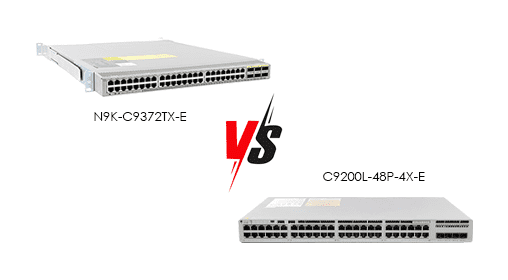
Imagine the N9K-C9372TX-E as the backbone of a large enterprise or a cloud provider's network. It’s designed for raw speed and handling massive traffic flows between servers and storage. With a hefty 1.44 Tbps backplane bandwidth and a packet forwarding rate of 1150 Mpps, it's built for non-stop, high-intensity work. It serves up 48 fixed 10Gbps SFP+ ports, making it a torque monster for core switching duties. In contrast, the Catalyst C9200L-48P-4X-E is the versatile workhorse you'd find on an office floor or in a wiring closet. Its standout feature is Power over Ethernet (PoE+), supplying both data and power to devices like wireless access points, IP phones, and cameras. Its 48 Ethernet ports are typically a mix of Gigabit and multi-gigabit, with additional uplink ports for 10Gbps or higher speeds, focusing on flexible connectivity rather than pure data center throughput.
A quick look at their core specs reveals their divergent DNA:
|
Core Parameter |
Cisco N9K-C9372TX-E |
Cisco C9200L-48P-4X-E |
|---|---|---|
|
Series |
Nexus 9000 |
Catalyst 9200 |
|
Primary Use Case |
Data Center Core/Aggregation |
Network Access (Enterprise Floor) |
|
Port Configuration |
48 x 10G SFP+
|
48 x Ethernet (PoE+) + 4 x Uplink ports |
|
Switching Capacity |
1.44 Tbps
|
Lower than N9K (varies by model) |
|
Forwarding Rate |
1150 Mpps
|
Lower than N9K (varies by model) |
|
Power Focus |
High-performance switching |
PoE+ Power delivery and edge connectivity |
Physically, the Nexus switch often has a more robust, industrial build suited for crowded data center racks with high heat and noise levels. The Catalyst switch, being an access layer device, typically sports a quieter, more office-friendly chassis.
When it comes to features, the N9K runs on Cisco's NX-OS, an operating system fine-tuned for the stability and automation demands of data centers. It's a pro at handling network overlays like VXLAN and offers deep visibility into application traffic. The C9200L, powered by Cisco's IOS XE, shines in manageability and security at the edge. A huge advantage is its support for Cisco's DNA Center, allowing for centralized, intent-based network management across thousands of devices. Its built-in MACsec encryption secures data right from the endpoint.
The user experience diverges sharply. Managing an N9K is often the realm of specialized network engineers who need to script and automate complex data center fabrics. It's powerful but has a steeper learning curve. The C9200L, especially with DNA Center, offers a much more graphical and intuitive experience, allowing IT generalists to provision and manage ports and policies with ease. For day-to-day office network operations, the Catalyst is arguably more user-friendly.
So, which one is more stable? It's like asking if a bank vault is more stable than a fortress gate. Both are engineered for extreme reliability, but in different contexts. The NX-OS on the Nexus switch is battle-tested for 24/7 data center operations with hitless upgrades. The Catalyst platform is renowned for its resilient stacking capabilities and long-term stability in diverse environmental conditions.
Evaluating their value is straightforward: it's all about the use case. The N9K-C9372TX-E offers superior value if your world is defined by massive server-to-server traffic, low latency, and data center technologies. You're investing in raw performance and scalability. The C9200L-48P-4X-E, on the other hand, provides far better value for a typical business. The cost of deploying it is justified by the simplicity of managing a large number of access switches and the critical functionality of PoE+, which eliminates the need for separate power adapters for countless devices.
In a nutshell, the Nexus N9K is the specialist—an uncompromising performance king for the data center core. The Catalyst C9200L is the generalist—a flexible, smart, and power-delivering champion for connecting users and devices. Trying to use one in the other's domain would be a square peg in a round hole, but in their respective lanes, they are both champions.
